 |
||||
 |
||||
7 GHz prescaler
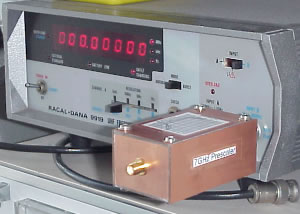
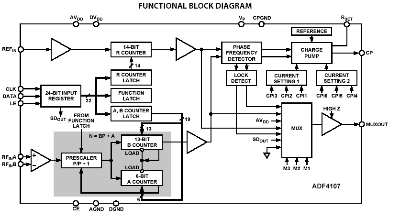
External RF signal with amplitude between -20dBm and +10dBm is fed into the analog front end of the IC. The amplified signal is fed into the divide by N circuit. This circuit consists of a programmable dual modulus divider and two counter registers. One register is the 13bit B register, the other is the 8 bit A register. The divider factor N is derived: N = B*P + A, where P is the modulus number, either 8,16,32 or 64. With different modulus number, the duty cycle of the output signal is different. Followed the divider is the MUX circuit. This versatile circuit can route different signals to the MUXOUT pin, and here we select the N divider output.
The ADF4107 is a complete PLL IC with complex function, but here we only care about several things:
(1) Make sure the chip is working under normal operation, not in idle mode.
(2) Initial the A register and B register to set the divide number to be 500, here I use the by 16 modulus, the N = 500 = 31 * 16 + 4, so Reg A = 4, Reg B = 31.
(3) Make sure the N divider signal is routed to the MUXOUT pin.
To do this, we configure the chip as following:
Reference Counter Latch: ..........HEX 00 00 04
AB Counter Latch:.......................HEX 00 1F 11
Function Latch:.............................HEX 40 00 22
With this configuration, the chip works as a 7GHz prescaler with division number of 1000, then we can read the frequency counter with unit of GHz.
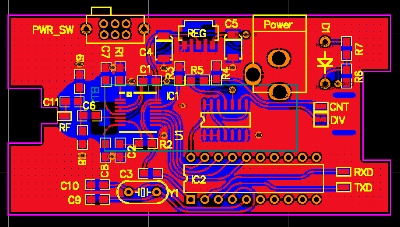
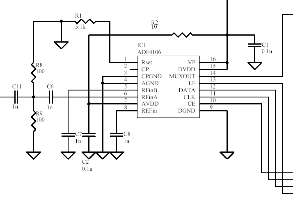
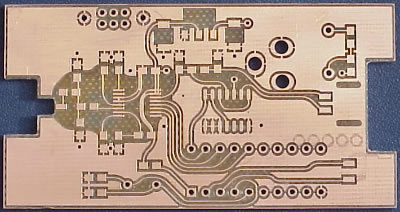
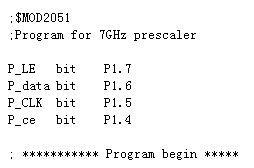
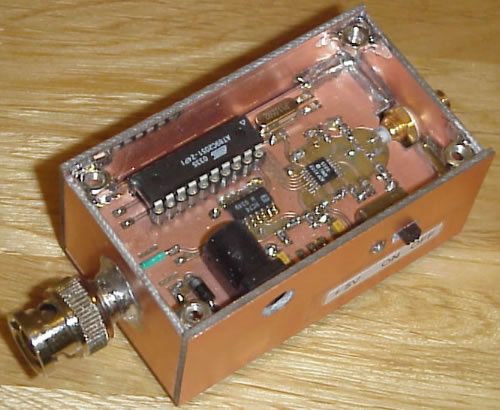
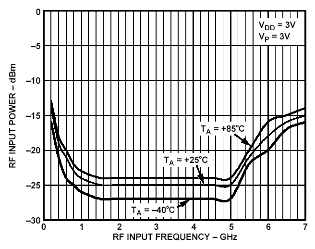
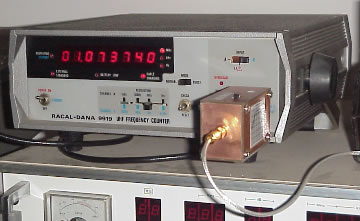
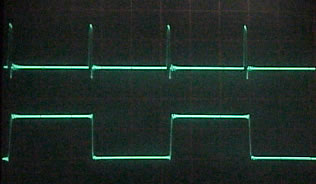
Output from ADF4107 MUXOUT
Output from 74HCT74